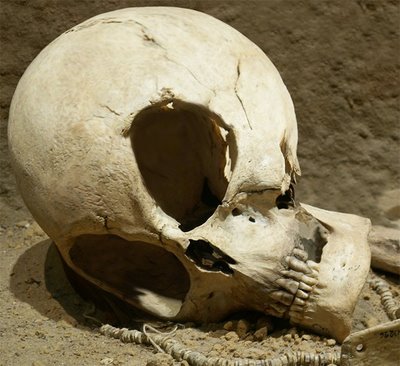

Laura Marris (LM): I started working on my translation of The Plague in the fall of 2019. I know this project originated before the Covid pandemic, and I’m curious about how you began. Heather Green (HG): First, I wonder whether you could say a bit about how you came to translate this new edition of The Plague.

This rich, concise companion volume to The Plague, in chapters alternately written by Marris and Kaplan, explores the novel’s historical context, Camus’s biography, the physical and cultural geography of Oran, and, as you’ll see in the interview below, connections to (micro)biology and ecology. Marris also recently co-wrote, with Alice Kaplan, author and Sterling Professor of French and Director of the Whitney Humanities Center at Yale, a unique volume titled States of Plague (U Chicago Press, October 2022).

In the aforementioned essay, Marris pulls the two subjects together: “In response to the symptoms of war, Camus saw shared consciousness as a healing force, becoming particularly interested in how people could develop a global collectivity that would protect them against nationalism and fascism.” The book, originally published in 1947, is also an allegory for the fight and “Résistance” against the “scourge” of fascist ideology, nationalism, and Nazism during World War II. Rieux, through the duration of the outbreak. In Camus’s book, the city of Oran, Algeria is beset by a plague, and the reader follows several characters, primarily the steadfast Dr. In April of 2020, I read Laura Marris’s New York Times essay “Camus’s Innoculation Against Hate,” in which she describes her experience of translating Albert Camus’s novel The Plague (Knopf, November 2021) during the early days of the Covid-19 pandemic. But it’s like having long-distance colleagues, and asking how they solved a particular puzzle. I’m never going to imagine exactly the same voice and imagery as the previous translators.


 0 kommentar(er)
0 kommentar(er)
